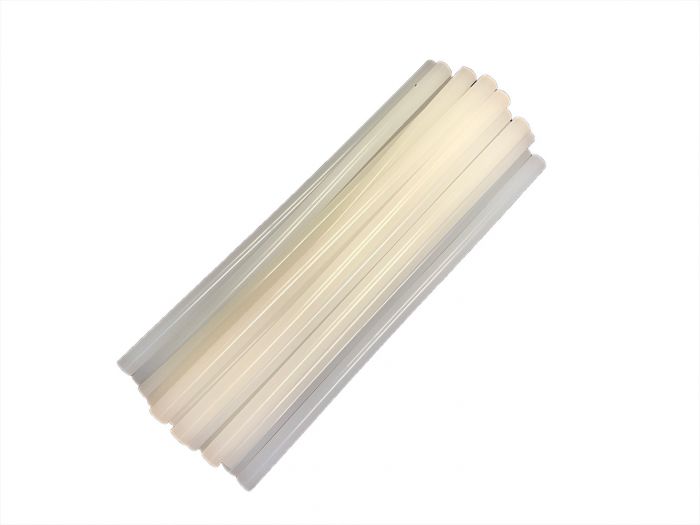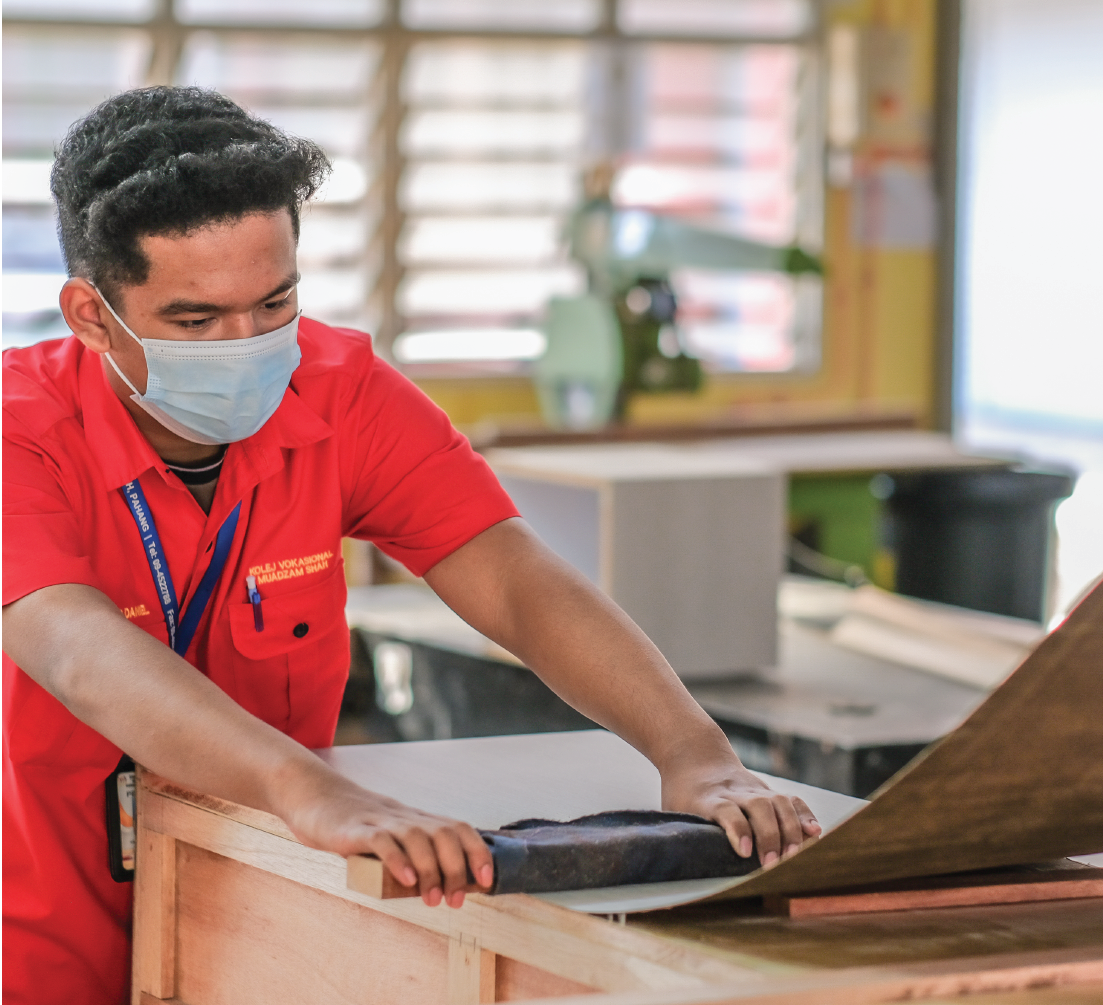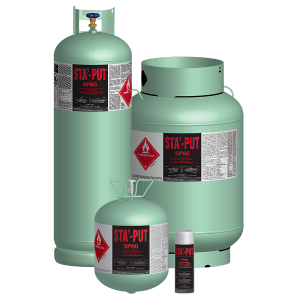
How Does Cold Weather Affect Adhesives?
 Winter may be fast approaching, but work must still go on. As a contractor or construction worker, knowledge of how weather affects your materials is absolutely crucial. Cold weather hits construction materials particularly hard, so we at Chemical Concepts want to offer you some tips to keep your adhesives working and your projects running smoothly.
Winter may be fast approaching, but work must still go on. As a contractor or construction worker, knowledge of how weather affects your materials is absolutely crucial. Cold weather hits construction materials particularly hard, so we at Chemical Concepts want to offer you some tips to keep your adhesives working and your projects running smoothly.
Hot Melts: Keeping Work “Stringing” Along
One of the first ways that cold weather affects adhesives is raising the viscosity of the adhesive, sometimes to the point that the bonding becomes ineffective. Hot melts fall particularly victim to this phenomenon, since they are, by definition, supposed to be hot! When the temperature drops, the viscosity goes up, causing messy stringing during application. The simple solution: raise the temperature of your hot melt gun!
Hot melts also have an increased set speed when exposed to cold temperatures, making it much more difficult to perfectly align a joint before the adhesive is set. To remedy this problem, increase the application temperature and the nozzle head temperature in 5-degree increments until the viscosity returns to normal.
Bulk Adhesives: Keep Your Cool
When cold weather hits, we sometimes forget about the bulk canisters of adhesives in lieu of more obviously affected hot melt guns and lower-quantity adhesive guns. However, those metal canisters are not immune to winter’s icy grip; if the air temperature is lower than 60˚F, you may start to notice adverse effects such as sputtering or spitting during spraying or inconsistent spray patterns as you apply. These are signs that the viscosity is too high and the adhesive is getting stuck in the canister.
For smaller canisters, a quick way to raise the temperature of the adhesive is to immerse the canister in warm water for 15 minutes. Then, gently roll or otherwise agitate the canister to bring the adhesive back to the right consistency. Another idea to remember is storing your canisters off unheated concrete floors on pallet racking or a cart to avoid unnecessary cooling.
Larger canisters can be trickier, since they are often heavy and too large to submerge in a bucket of water. Instead, roll the canister on its side in an area where the air temperature is greater than 60˚F and roll it back and forth, creating friction inside the canister and warming the adhesive. Don’t forget about heated canister blankets as well, which are designed to wrap around adhesive canisters in excessively cold conditions to avoid freezing.
Cold weather is inevitable, but your work doesn’t have to suffer because of it! If you’re looking for the best adhesives to kick off your winter projects but don’t know where to start, our representatives are here to help. Contact us, toll-free, at 1-800-220-1966 or email us at [email protected]. We’ll always be here with a warm smile and some cool tricks up our sleeves!


